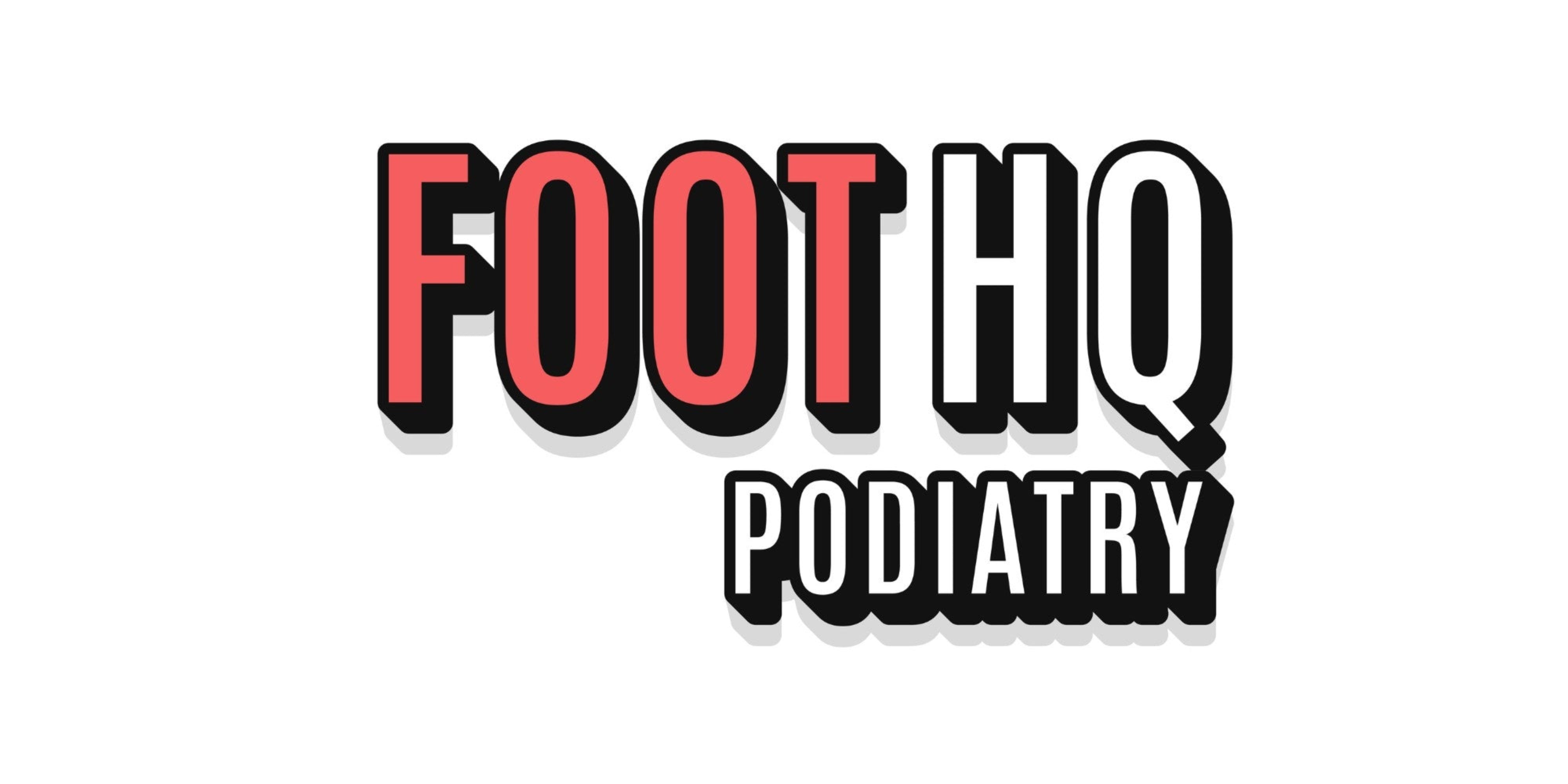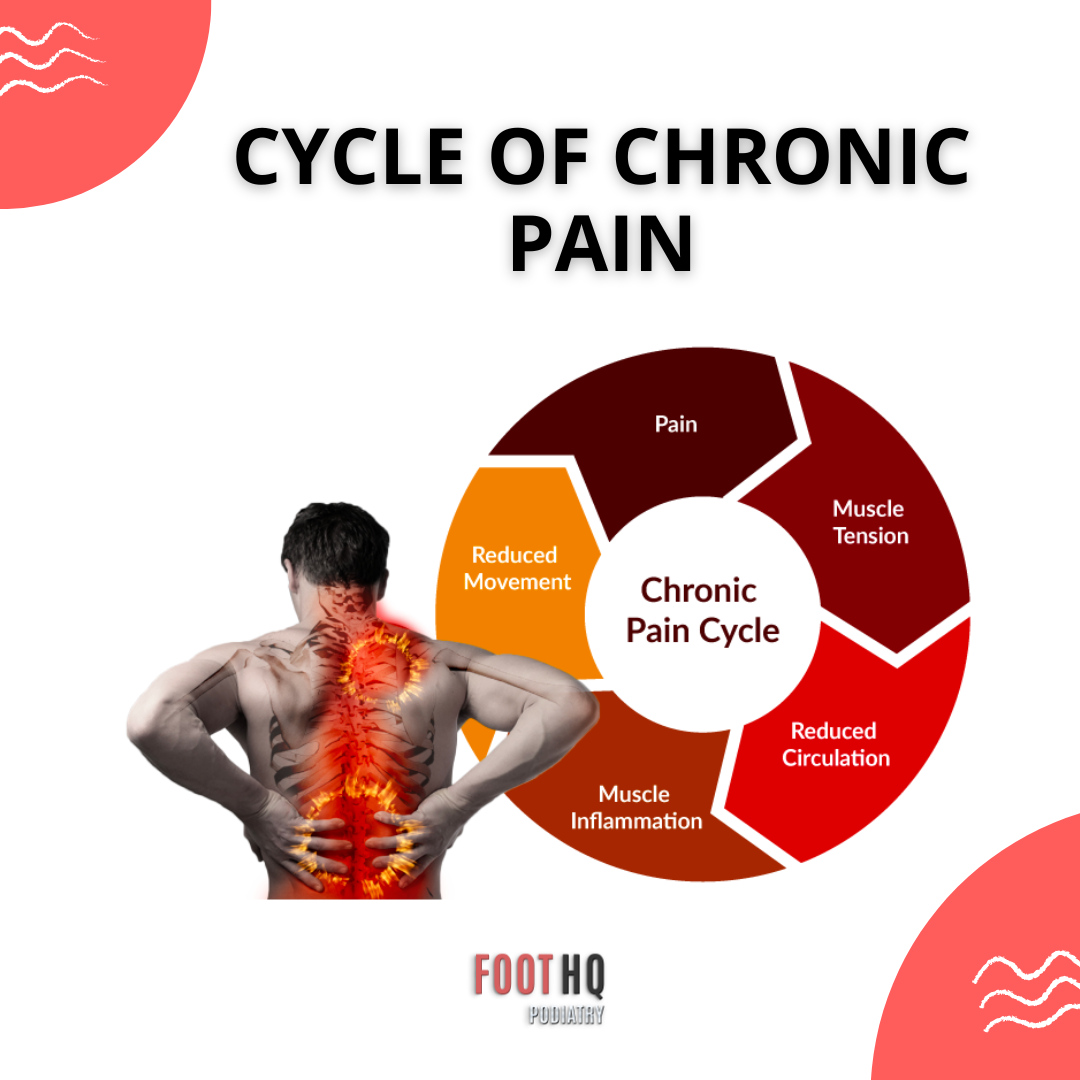Chronic pain is like a persistent shadow that lingers, affecting not just the body but also the mind. It's a complex phenomenon that often traps individuals in a relentless cycle, making it a challenge to escape its grasp. In this exploration, we delve into the intricate web of the cycle of chronic pain, uncovering how pain, muscle tension, reduced circulation, muscle inflammation, and limited movement interplay to create a cycle that perpetuates the suffering.
1. Pain: The Ignition Switch
At the core of the cycle lies pain – the initial trigger that sets everything in motion. Whether it's caused by an injury, medical condition, or even unknown origins, pain sends signals to the brain, demanding attention and care. It's the body's way of communicating that something isn't right. However, it's the prolonged presence of pain that can become problematic, leading to a cascade of events that tighten the cycle's grip.
2. Muscle Tension: A Vicious Constriction
In response to pain, the body often instinctively tenses its muscles. This natural defense mechanism is designed to protect the injured area from further harm. Yet, over time, this muscle tension can extend beyond the immediate vicinity of the pain, affecting surrounding muscles as well. The continuous contraction of muscles can lead to stiffness, restricted movement, and a further amplification of discomfort.
3. Reduced Circulation: Navigating Choppy Waters
Muscles that remain tense and contracted can impede blood flow, contributing to reduced circulation. Proper blood flow is essential for supplying oxygen and nutrients to tissues, promoting healing and maintaining optimal function. As circulation diminishes, tissues can become deprived of the essential resources they need to repair and thrive, intensifying the cycle of chronic pain.
4. Muscle Inflammation: The Fiery Culprit
Reduced circulation can lead to muscle inflammation. Inflammation is the body's response to injury or damage, but when chronic, it can contribute to pain amplification. Inflamed muscles can become hypersensitive, causing even minor movements to trigger discomfort. This heightened sensitivity further limits movement, creating a feedback loop that feeds into the cycle.
5. Reduced Movement: A Self-Perpetuating Spiral
As pain, muscle tension, reduced circulation, and inflammation reinforce each other, movement becomes increasingly restricted. This reduction in physical activity can lead to muscle weakness, joint stiffness, and even more pain. The body's natural range of motion becomes compromised, entrenching individuals deeper into the cycle of chronic pain.
Breaking the Cycle of Chronic Pain:
Escaping the cycle of chronic pain requires a multidisciplinary approach that addresses both the physical and psychological aspects of pain. Here are some strategies that can help:
-
Pain Management Techniques: From medication and physical therapy to relaxation techniques and mindfulness, a comprehensive pain management plan can help alleviate the intensity of pain and reduce muscle tension.
-
Physical Activity: Gentle exercises, tailored to an individual's capabilities, can promote circulation, reduce muscle inflammation, and improve overall mobility.
-
Nutrition and Hydration: A well-balanced diet and proper hydration support tissue repair and inflammation reduction.
-
Stress Management: Chronic pain often has a psychological component. Techniques such as meditation, deep breathing, and therapy can help manage stress and break the cycle.
The cycle of chronic pain is a complex interplay of pain, muscle tension, reduced circulation, muscle inflammation, and restricted movement. Understanding how these factors interact can empower individuals to take proactive steps towards breaking free from its grip. By adopting a holistic approach that combines physical interventions, psychological support, and lifestyle adjustments, it's possible to alleviate the suffering and reclaim a better quality of life. Remember, breaking the cycle takes time, effort, and a willingness to explore various strategies, but the journey toward relief is well worth the investment.



Share:
Empowering Results: A Revolutionary Approach to Drug-Free Pain Relief and Delaying Surgery for Osteoarthritis
Why Do Podiatrists Prescribe Supramalleolar Orthotics (SMO)?